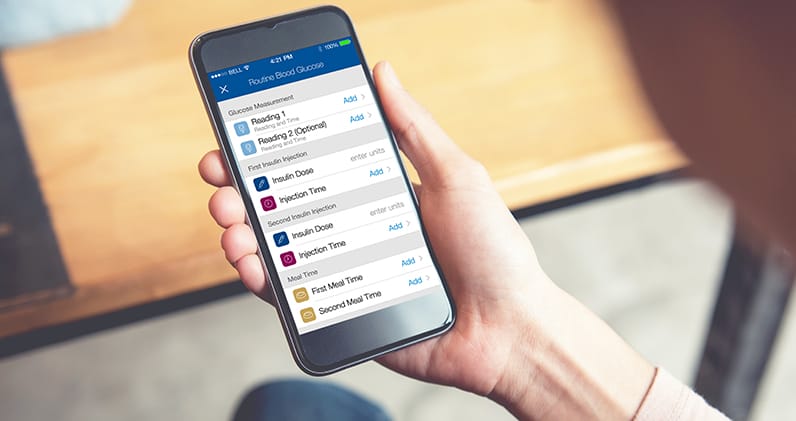
Diabetes in dogs
Nutrition for dogs with diabetes

Healthy Food Choices
The best diet for your dog is the one that it will eat reliably and is suitable to maintain your dog at its optimum weight. Ask your vet for advice about the right diet for your dog as they will be best placed to give you specific advice, taking into account your dog’s weight, current control as well as any other health conditions and lifestyle.
Prescription Diets – These are specially formulated for the management of dogs with diabetes. Diets that contain higher fibre can be particularly useful for helping with weight loss.
Non‐prescription Diets – Diabetes can be managed on a carefully controlled program using their normal diet. It is much easier to manage these plans if a food with complete nutrition is used but one should try to avoid diets with high fat content.
Water Consumption – Clean drinking water should be available at all times. A reduction in excessive water consumption is an indicator of successful management of diabetes.
Tips for a Healthy Diet
No matter which diet option you choose, these are the basics for diabetes control:
Consistently feed your dog the same amount of food at the same times each day to avoid unnecessary fluctuations in blood glucose.
Work with your vet to find the correct caloric value to help your dog achieve optimal weight.
Restrict fat in their diet to avoid additional complications.
Timing Meals and Treatments
Your veterinary team will advise you on properly feeding your dog. It is important to feed your dog at the same times each day so that glucose absorption from the gut coincides with peak action of insulin. This will minimise fluctuations in blood glucose concentrations and, thus, episodes of hyperglycaemia and hypoglycaemia.
For once-daily insulin injections: Give the first meal (two-thirds of the daily amount) prior to the morning Caninsulin® injection. This allows you to see that your dog is feeling well and eating normally before the insulin is given.
The second meal (the remainder of the daily amount) is usually given about 6 hours after their insulin injection.
For twice-daily insulin injections:
As a general rule, feed half of your dog’s total daily food right before or with each injection.
The first meal (half of the daily ration) is given just before the morning insulin injection. This allows you to see that the dog is feeling well and eating normally before the insulin is given.
The second meal (the remainder of the daily ration) is usually given about 10–12 hours later, prior to the second insulin injection.
For specific questions regarding type, volume, timing and frequency of feedings, please consult your vet.
Importance of an Ideal Body Weight
Achieving your dog’s ideal body weight is best for diabetes management.
Overweight dogs can have insulin resistance which may lead to higher doses of insulin being required, so if your dog’s body condition score is high, your vet will recommend they lose weight. Weight loss should be gradual and controlled; no more than 5% bodyweight per week. Conversely if your dog’s body condition score is lower than ideal, your vet may recommend a special diet to bring them to their ideal score to help with their diabetic control.
Your vet is the best resource to calculate the ideal body weight and food requirements for your dog with diabetes.
Tracking Results

Recording your dog’s results is important to properly manage care.
Tracking Tools & Resources
1. Pet Diabetes Tracker app
Review and keep important information to manage diabetes.


2. Blood Glucose Curve Tool
Easily record blood glucose readings to generate a blood glucose curve.
3. Helpful Downloads
Additional resources to understand and manage canine diabetes.
Next Article: Emergencies and Dogs with
Diabetes >
Further Reading

Talk to Your Vet Today
to learn more about pet diabetes, and how cats and dogs can lead a happy,
healthy life with proper management
Caninsulin® 40 IU/ml Suspension for Injection contains porcine insulin. POM-V.
Further information is available from the SPC, Datasheet or package leaflet.
Advice should be sought from the medicine prescriber.
Prescription decisions are for the person issuing the prescription alone.
Use Medicines Responsibly.




